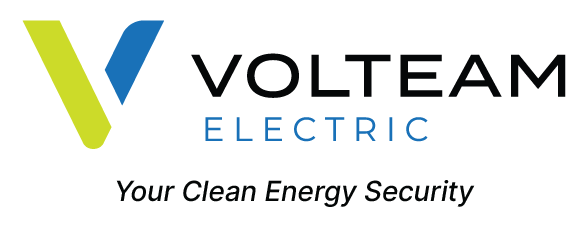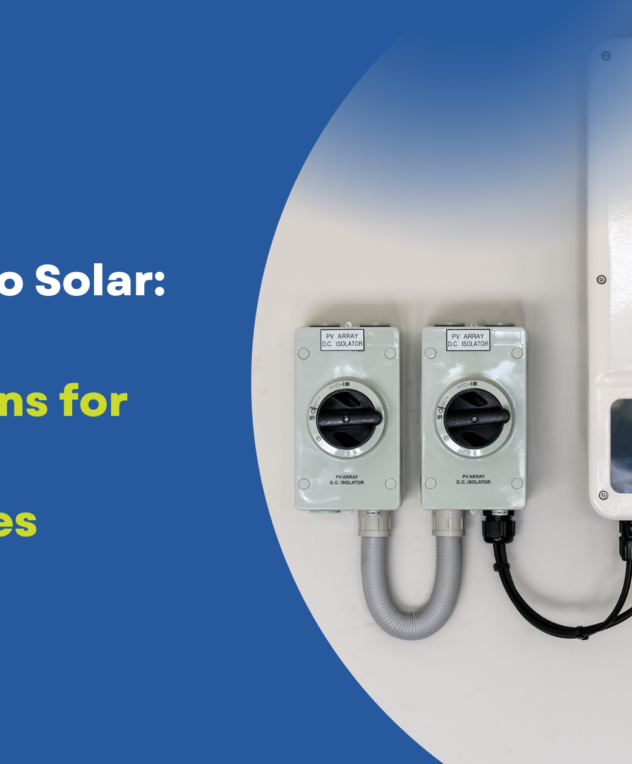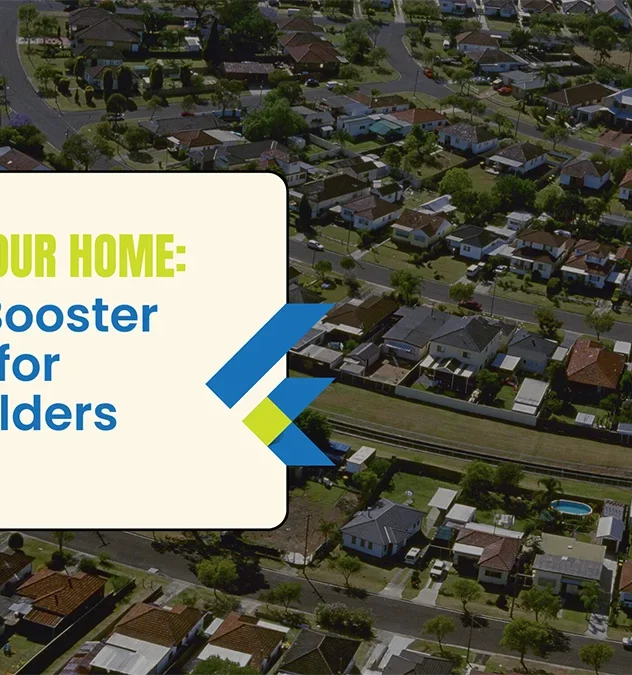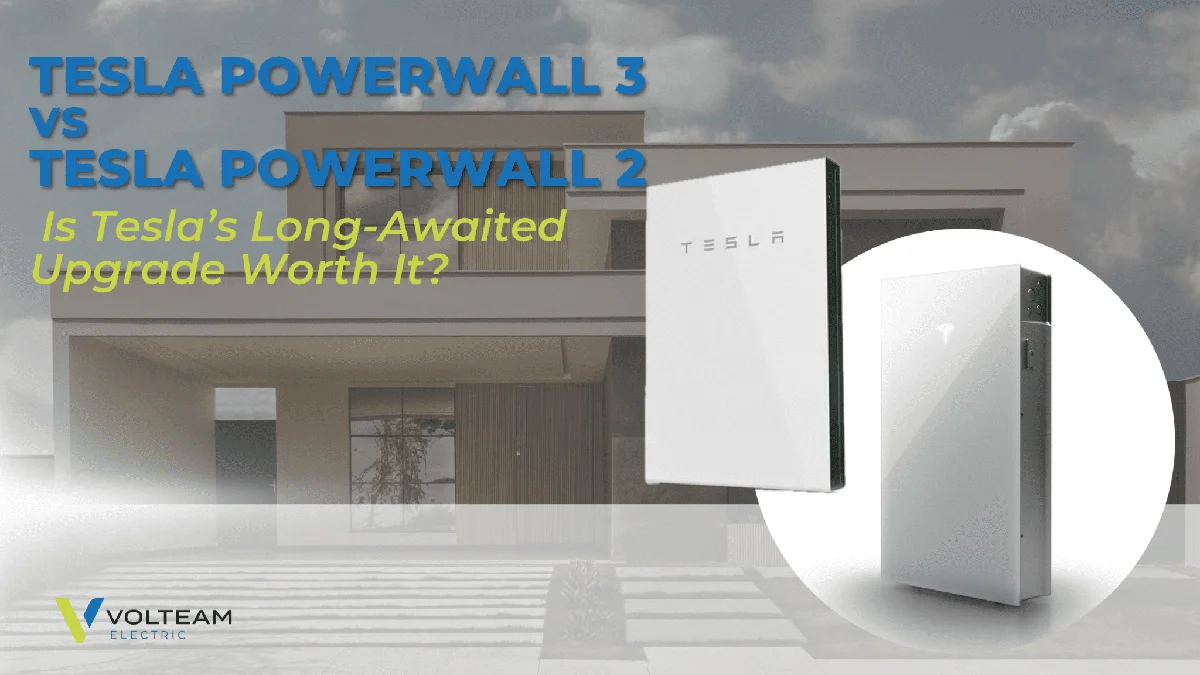
Tesla Powerwall 2 vs 3: Is Tesla’s Long-Awaited Upgrade Worth It?
Last August 16, 2024, Tesla Powerwall 3 launched in Australia, almost eight years after Tesla Powerwall 2’s introduction. When Powerwall 2 came out in October 2016, it was already built with practical features one would be expecting to find in a first-rate energy storage system — 13.5 kWh of energy capacity, floor and wall mounting options, single-phase grid type, 5 kW charging rate, –20°C to 50°C operating temperature, and a 10-year warranty.
So, what cool, innovative features could Tesla Powerwall 3 provide that we haven’t seen before? We find out in this Tesla Powerwall 2 vs 3 comparison guide.
What is the Tesla Powerwall?
Powerwall is Tesla’s line of energy storage systems manufactured in the US. The first ever version, Powerwall 1, came out in 2015. A larger model designed to handle higher energy needs, Powerwall 2, came out the following year. Now, the latest Powerwall 3 is finally available in Australia after entering production in late 2023.
But what is Powerwall exactly used for and why is it an important investment for solar users? Powerwall is a solar battery with a specific energy-saving purpose, that is to store excess solar power for later use – for instance, blackouts. Without a battery to store it, the surplus energy is just exported to the grid. Simply put, solar batteries like the Powerwall are people’s go-to storage systems in their efforts to maximise their solar power systems and ensure a reliable source of backup power during outages.
Tesla Powerwall 2 v 3: Full comparison
The latest Tesla Powerwall 3, despite coming out almost eight years later, still bears some resemblance to its predecessor’s built and capacity with some notable enhancements. For starters, both Tesla Powerwall 2 and Powerwall 3 offer the same energy capacity of 13.5kWh and warranty.
In terms of scalability, Powerwall 2 remains to be the better choice as it is stackable up to 10 other Powerwall 2 units, while Powerwall 3 can only stack up to 4 units. Powerwall 2 is also lighter at 114 kg compared with Powerwall 3’s 130 kg.
It is, however, worth noting that Powerwall 3 has twice the power output of its predecessor (offering up to 10 kW from Powerwall’s 5 KW) and includes an integrated inverter, costing a bit more than the Powerwall 2 as expected. With Powerwall 3’s higher power output, you can have more devices powered by the battery storage at the same time.
For those who have yet to acquire a solar power system and are considering having one installed any time soon, Powerwall 3’s included inverter may be a timely option. Since picking the latest Powerwall means you won’t need an external inverter, it will save you money. Powerwall 3’s integrated inverter offers 97.5% efficiency and three Maximum Power Point Trackers (MPPTs), allowing your solar system to harness the highest possible energy output from the sun.
Can existing solar owners use Tesla Powerwall 3?
Powerwall 3 offers versatility, enabling existing solar owners to enjoy its latest features. It can be added to existing solar or installed on its own, just like its predecessor. The included inverter in Powerwall 3 also means that it can either be AC or DC-coupled, meaning it can work entirely with solar panels or with an existing inverter. So, yes, those with existing systems can still take advantage of Powerwall 3.
You can find the similarities and key differences between Tesla Powerwall 3 and Tesla Powerwall 2 below:
| Feature | Tesla Powerwall 3 | Tesla Powerwall 2 |
| Storage capacity | 13.5 kWh | 13.5 kWh |
| Warranty | 10 years | 10 years |
| Mounting options | Floor or wall mount | Floor or wall mount |
| Scalability | Up to 4 units | Up to 10 units |
| Power output | Up to 10 kW | 5 kW |
| Integrated solar inverter | Yes | No |
| Coupling | DC and AC | AC only |
| Battery chemistry | Lithium Iron Phosphate (LFP) | Lithium Nickel Manganese Cobalt (LNMC) |
| Dimensions | 1,099 mm x 609 mm x 193 mm | 1,150 mm x 753 mm x 147 mm |
| Weight | 130 kg | 114 kg |
| Price (including Tesla Backup Getaway 2) | $13,600 (excludes installation and rebates or incentives) | $12,100 (excludes installation and rebates or incentives) |
Note: Final price will be provided by a Certified Installer.
What will happen to Tesla Powerwall 2?
For many solar users, Tesla Powerwall 2’s 5 kW power output is still sufficient, managing to handle your home’s everyday operations by ensuring all your household essentials are powered. Being the older version, it’s also the more cost-effective option.
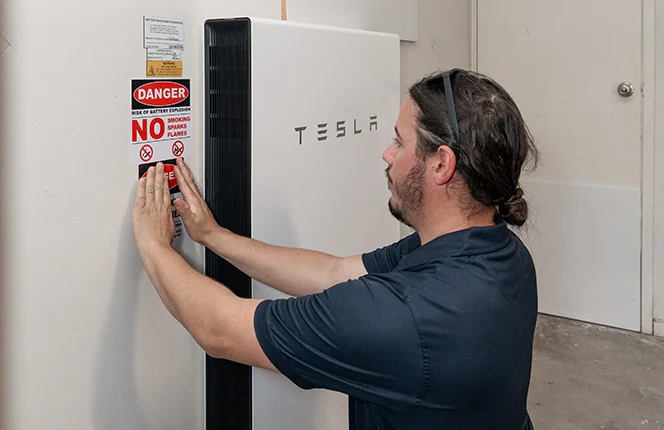
While Powerwall 3 supplies greater power with a single unit, it’s more suitable for larger households with higher energy consumption. If your household doesn’t fit this description, the power and capacity of Powerwall 2 should still be good enough.
As of this writing, Tesla hasn’t made many announcements as to the future of Powerwall 2. Fortunately, it’s still available in Australia and the rest of the world. Considering it remains to be a popular option among solar owners, here’s hoping it won’t be discontinued soon.
Is Tesla Powerwall 3 available now in Australia?
Tesla’s latest home battery solution is now available in Australia, offering homeowners a more cutting-edge energy storage system with higher versatility and power output. You can purchase Tesla Powerwall 3 today right here at Volteam Electric where you can expect a seamless transaction, CEC-accredited solar battery installation, and comprehensive customer support. Contact us today at 1300 865 832 for inquiries about the new Tesla Powerwall 3!
About the author

Marcin Hernik
Marcin Hernik is the Managing Director at Volteam Electric Pty Ltd, leveraging his expertise honed from TAFE Queensland's Electrical and Electronics Engineering, following his graduation from the University of Technology and Humanities in Radom. His career is marked by a commitment to excellence in electrical engineering and leadership in the industry.
